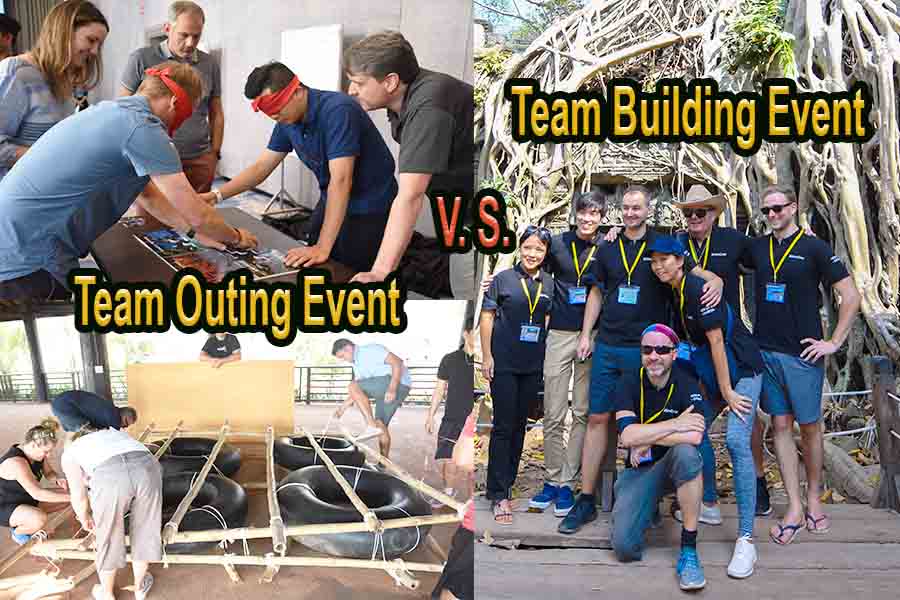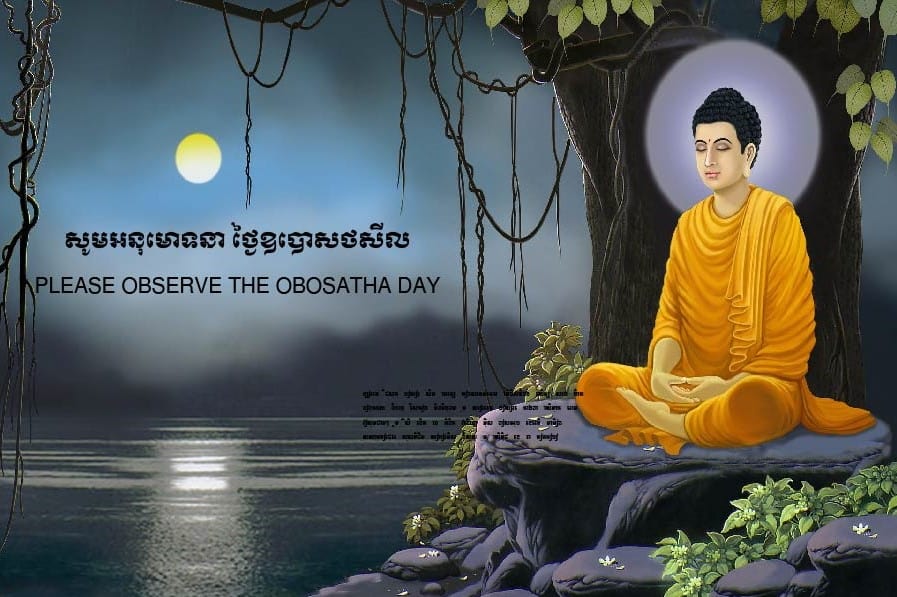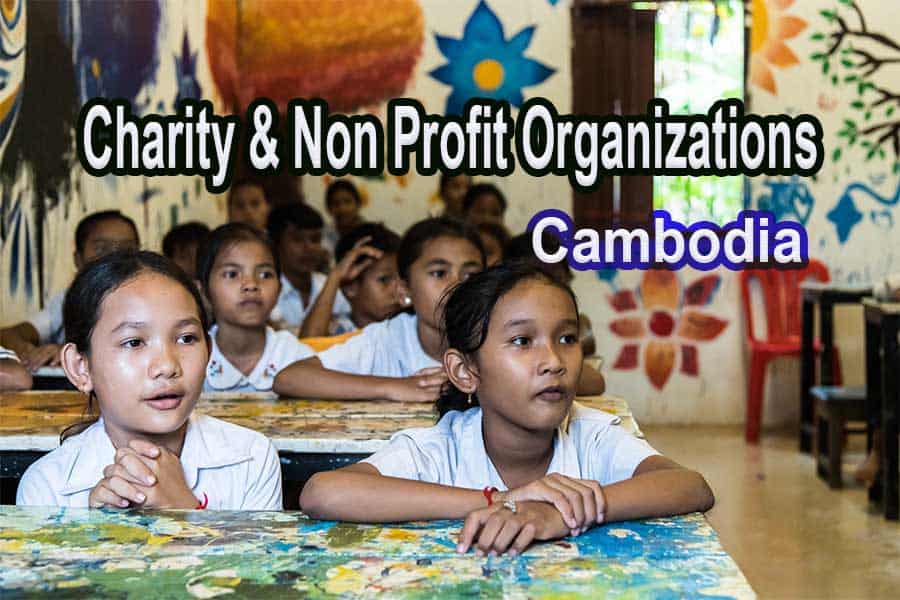The temples of Angkor, a UNESCO World Heritage Site, hold a timeless allure that continues to captivate travelers from across the globe. Amidst the ancient stone structures and lush landscapes, Cambodian traditional tuk tuks offer an authentic and enchanting mode of transport for visitors to immerse themselves in the rich heritage of the Kingdom of Cambodia.
Unlike the three-wheeled Tuk Tuk of imported Maxima or Bajaj as well as the Thai Tuk Tuk found in Thailand. Our iconic two-wheeled trailer or Cart linked with any motorcycle, Cambodian traditional Tuk Tuk known locally as “Remorks” are deeply woven into the fabric of Cambodian culture, carrying with them a sense of tradition and charm. As visitors arrive at the entrance of Angkor, they are greeted by a colorful array of tuk tuks, each offering a unique opportunity to embark on a journey through history.
Actually, there are some interesting facts about the origin and meaning of “Tuk Tuk” to Cambodian context. Tuk Tuk is the word derived from Thai language which to refer to a three-wheeled motorized vehicle commonly used as a taxi in Thailand. Due to the sound and movement like Tuk, Tuk, Tuk, Tuk, this vehicle made when it is driven and moved, that’s why they called this vehicle “Tuk Tuk”. In Cambodia, the current designed Tuk Tuk (two-wheeled trailer) was probably first invented in late 1990s or early 2000s when the service of taking tourists around Angkor temples was popular. Moreover, within those years, tourists mostly traveled on the back of motorcycle only with driver, Tuk Tuks and cars were rarely seen. Nevertheless, Cambodia already had this form of transportation (a two-wheeled trailer) that was called Remorque which again the word derived from French (remorque à moteur) since a very long time again at least during the French colonial time. The question for now is “does Cambodia have our own word for Tuk Tuk?” Yes, of course, we do have, but just not too influential, this two-wheel vehicle is just simply meant Cart which literally said ROTES (រទេះ) in Khmer. For instance, Ox-cart (Rotes Kou រទេះគោ), Horse-cart (Rotes Ses រទេះសេះ) etc., therefore why not Motorized Cart (Rotes Motor រទេះមូតូ) to call this Cambodian Typical Tuk Tuk? Hope this explained about the meaning of the term, Tuk Tuk.
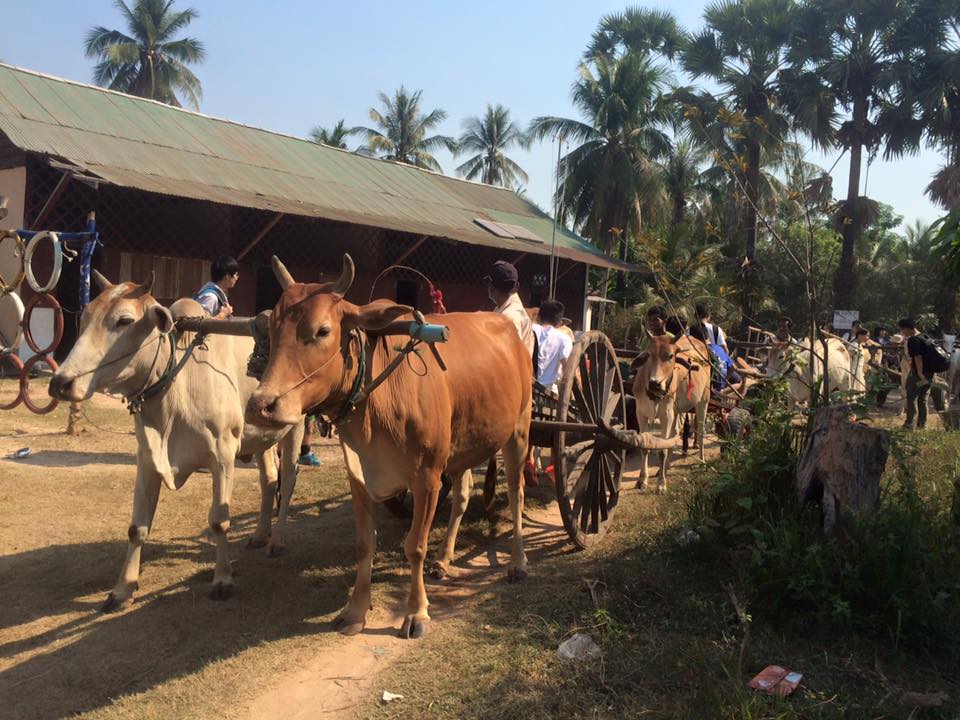
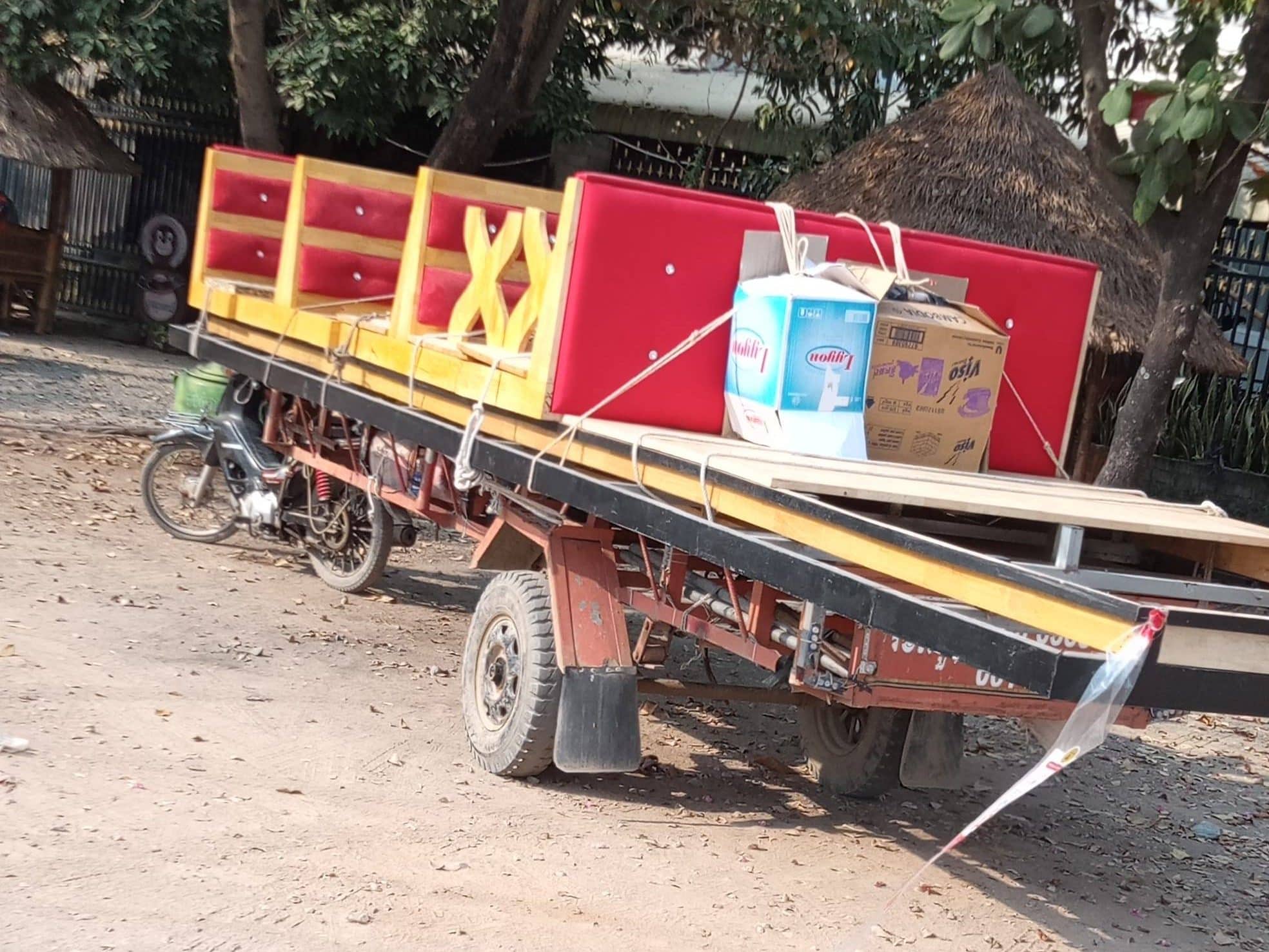
The Cambodian traditional tuk tuks at Angkor are adorned with vibrant fabrics and decorative elements, reflecting the artistry and craftsmanship of the local community. The drivers, often dressed in traditional Cambodian attire, exude warmth and hospitality, welcoming visitors with genuine smiles and a deep-rooted pride in showcasing their homeland.
Stepping into a traditional tuk tuk is akin to entering a time portal, where modernity gives way to a slower, more contemplative pace of exploration. As the tuk tuk traverses the dusty roads and verdant paths of Angkor, the rhythmic hum of the engine becomes a soothing backdrop to the whispers of ancient stories that permeate the air.
The experience of riding in a traditional tuk tuk transcends mere transportation; it is a sensory journey that allows travelers to connect with the soul of Cambodia. The gentle sway of the vehicle, the fragrant breeze carrying the scent of tropical blooms, and the distant echoes of temple bells coalesce to create an atmosphere of tranquility and wonder.
Event Tips: With creativity that our event planning expertise hold, Cambodian traditional Tuk Tuks is more than a transportation, it is a luxury dining table and restaurant. Our Champagne Tuk Tuk breakfast is the most remarkable and unique experience in Siem Reap.
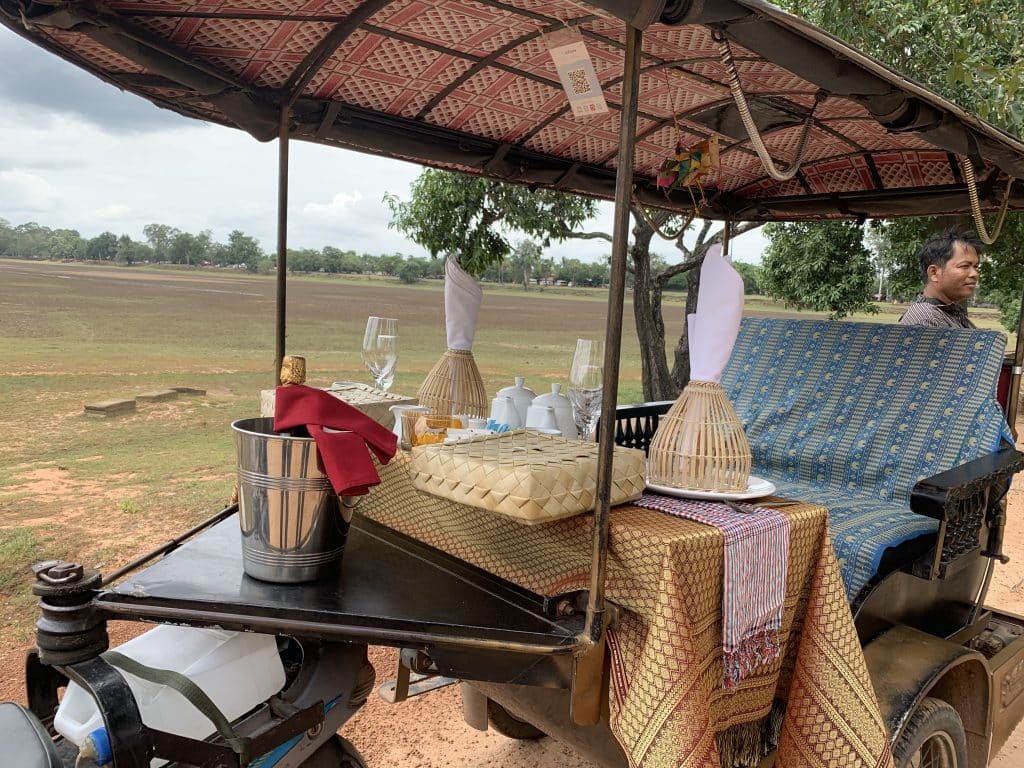
Beyond its evocative ambiance, the traditional tuk tuk serves as a vital link between visitors and the profound history of Angkor. With trusted drivers who possess an intimate knowledge of the temples, travelers are guided through a tapestry of architectural marvels, serene courtyards, and intricate carvings, all the while benefitting from insightful commentary that brings the ancient past to life.
In terms of pricing, the Cambodian traditional tuk tuk experience offers affordable and negotiable rates, with the drivers accommodating various itineraries and schedules. Whether embarking on a half-day excursion or a full-day odyssey through the temples, the traditional tuk tuk provides a flexible and accessible means of discovering the splendor of Angkor. With the main Angkor temple complex, you would expect to pay you Angkor Tuk Tuk from 15$ to 25$ per day, this pricing should exclude the early visit to watch Sunrise and extra hour for dinner out and about.
While there are around ten thousand tuk tuk drivers at Angkor, and around town in Siem Reap, there are several who have earned reputations as trusted and reliable driving guides. Check on the review site like TripAdvisor is one of the way to choose your driver. These drivers are often recommended by fellow travelers for their professionalism, English-speaking abilities, and extensive knowledge of the temples and their history. They are known to provide informative and engaging tours while ensuring the comfort and safety of their passengers. With this article, Sam Inspire is going to share some of the Tuk Tuk team leaders that we can rely on for a single tuk tuk to a big crowd for event.
– Mr. Tola Ley (+855) 77 578 485
– Mr. Vanna Chan (+855) 17 331 987
– Mr. Bunna Long (+855) 92 907 560
– Mr. Samoeum (+855) 577 525
– Mr. Hav (+855) 12 384 271
– Mr. Ya Yen (+855) 76 201 80 88

These are just to list a few, if you are looking for support to book and plan your trip here in Angkor, the team of SAM INSPIRE trip and event planner are more than happy to support.
In conclusion, the Cambodian traditional tuk tuk at Angkor represents far more than a mode of transport; it is an embodiment of Cambodian heritage, grace, and resilience. As travelers weave through the hallowed precincts of Angkor, they are enveloped in the time-honored embrace of a culture that has withstood the test of time. The traditional Angkor tuk tuk, with its enduring allure and unwavering spirit, remains an indispensable part of the profound and enriching experience that is Angkor.


